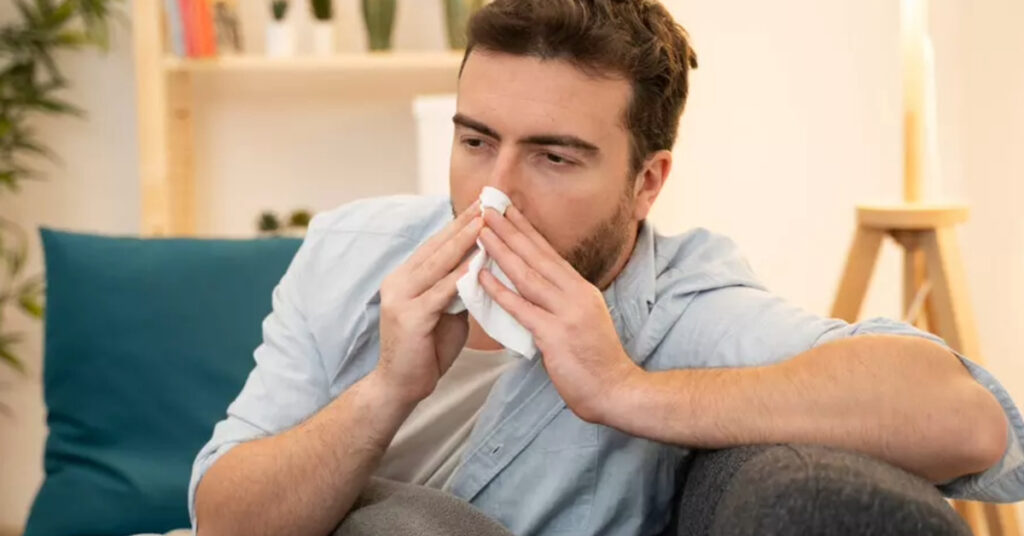As the summer of 2024 progresses, Mexico is witnessing a surge in COVID-19 cases, coinciding with the holiday season marked by increased mobility and interactions among locals and foreigners. Michel Martínez, an infectious disease specialist and leader of the COVID Unit at TecSalud, the health system of Tec de Monterrey, provides insights into this trend and offers guidance on managing the situation.
The Current Surge: Causes and Implications
The rise in COVID-19 cases across Mexico aligns with the holiday period, which sees heightened travel and social interactions. The federal Ministry of Health (SSA) and experts like Martínez emphasize that there is no cause for alarm. While there is an uptick in cases, most infections result in mild symptoms, and the majority of patients are outpatients.
New variants of the virus, identified as KP.2 and KP.3 from the Omicron family, are currently circulating in Mexico. These variants contribute to the increase in cases but have not led to a significant rise in severe illness or hospitalizations.
Common Symptoms of COVID-19 in 2024
The most common symptoms associated with the new COVID-19 variants include:
- Sore throat
- Headache
- Fever
- Runny nose
- Muscle pain
Martínez advises that anyone experiencing these symptoms should get tested for COVID-19. Additionally, those who have been in close contact with a confirmed case should also undergo testing.
Testing Positive: Steps to Take
If you test positive for COVID-19, it is essential to follow these guidelines:
- Isolate yourself for 5 to 7 days until symptoms subside.
- Wear a face mask at all times.
- Follow your doctor’s instructions and avoid self-medication.
- Monitor your oxygen levels with an oximeter.
Seek urgent medical help if you experience difficulty breathing or if your oxygen levels drop below 90%. When returning to daily activities after recovery, continue wearing a mask for an additional 5 days to reduce the risk of spreading the virus.
Current COVID-19 Statistics in Mexico
As of July 6, 2024, the Epidemiological Surveillance System for Viral Respiratory Disease (Sisver) reports 8,075 confirmed cases of COVID-19 in Mexico, with an overall positivity rate of 8%. Most infected individuals exhibit mild symptoms, and 64% are outpatients, underscoring that the situation remains manageable.
The states with the highest number of confirmed cases are:
- Mexico City
- Querétaro
- State of Mexico
- Nuevo León
- Puebla
Data from TecSalud indicates an increase in the positivity rate in clinics from May to July, rising from 18% to 35%. However, hospitalizations have decreased significantly, with only 85 patients currently hospitalized in Nuevo León compared to 800 at the same time last year.
Vaccination and Preventive Measures
The SSA recommends annual COVID-19 vaccination, particularly with updated Messenger RNA vaccines like Pfizer or Moderna. Vulnerable populations, including those with obesity, diabetes, hypertension, cancer, transplant patients, and the elderly, should consider biannual vaccination.
To prevent the spread of COVID-19, it is crucial to understand the primary transmission routes:
- Inhaling air containing saliva droplets from infected individuals.
- Close contact with infected persons, allowing droplets to reach mucous membranes.
- Touching contaminated surfaces and then touching the face.
Recommendations for Travelers
Travelers should take the following precautions:
- Wear a surgical mask (3 layers) in closed and crowded places.
- Get vaccinated against COVID-19 10 to 14 days before traveling.
- Frequent hand washing.
- Stay in well-ventilated areas.
While the surge in COVID-19 cases during the summer of 2024 warrants caution, it is not a cause for panic. By adhering to recommended preventive measures, getting vaccinated, and following guidelines if tested positive, individuals can contribute to controlling the spread of the virus and protecting public health.
